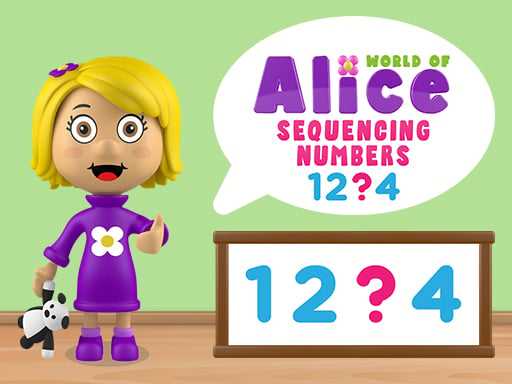Anime, often referred to as Japanimation, encompasses hand-drawn and computer-generated animation originating from Japan. The term “anime” is derived from the English word “animation” and, in Japan, is used to describe all forms of animated media. Outside Japan, however, it specifically denotes animation produced in Japan or a style popularized internationally that features vibrant graphics, colorful characters, and fantastical themes. This broader cultural interpretation allows for the possibility of anime created outside of Japan.
The history of Japanese animation dates back to as early as 1917 with the first commercial productions. A distinctive art style began to take shape in the 1960s, notably through the works of Osamu Tezuka, and expanded throughout the latter half of the 20th century. This development garnered both domestic and global audiences. Anime can be distributed in various formats, including theatrical releases, television broadcasts, direct-to-home media, and online streaming.
Many anime series and films are original creations, but a significant portion are adaptations of manga (Japanese comics), light novels, or video games. Over time, animation techniques and production methods have evolved, integrating new technologies. As a multimedia art form, anime combines elements of graphic art, character design, cinematography, and other creative practices.
In terms of animation style, anime tends to emphasize detailed and realistic backgrounds and settings, often utilizing camera effects such as panning, zooming, and varied angles to enhance storytelling. Artistic diversity is notable; character proportions vary widely, with some characters featuring large, expressive eyes or more realistic features.
Anime encompasses a broad spectrum of genres designed to appeal to both general and niche audiences. Additionally, in the United States, terms like “wapanese” (referring to white individuals who wish to be Japanese) and “weeaboo” (used to describe fans with an intense interest in Japanese anime and culture) have emerged to define certain segments of the fan community.














